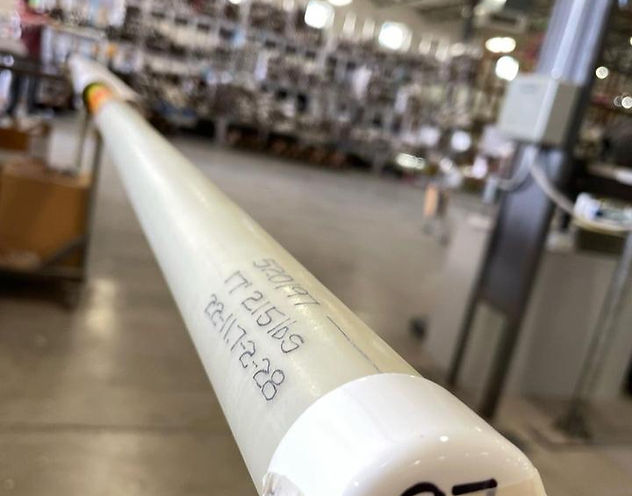Anterior Chain Stiffness
- paul29416
- Oct 7, 2024
- 2 min read
Updated: Nov 25
The Benefits of Anterior Chain Stiffness for Pole Vaulters: Energy Transfer and Injury Prevention

In pole vaulting, transferring horizontal velocity into stored energy within the pole during takeoff is critical for achieving optimal height. Anterior chain stiffness, specifically within the trunk and hip flexors, play a significant role in this energy transfer.
Theories like the tensegrity model and Myers' fascial planes propose that the body operates as an interconnected web where tension in one area affects the entire system. Stiffness in the anterior chain, comprised of the rectus abdominis, obliques, and hip flexors help stabilise the pelvis and spine, allowing efficient force transmission in to the pole.
In The Endless Web and Myers' fascial planes, fascia is viewed as a continuous tissue network that transmits force and stores energy. Anterior chain stiffness utilises this connective tissue to its full potential, maximising kinetic energy transfer. By engaging in long-lever abdominal gymnastic training, pole vaulters enhance the tensile strength of the fascial system. This improves trunk stability and elastic recoil, which is critical during explosive movements such as takeoff.
For pole vaulters, anterior chain stiffness ensures that the lumbar spine remains stable and aligned during takeoff, reducing the risk of hyperextension stress. This aligns with the spinal engine theory, where trunk control directly influences spinal dynamics. Preventing excessive lumbar extension not only protects against common lumbar spine injuries but also enhances performance by reducing energy loss.
Below are examples of training we regularly perform to improve Anterior Chain Stiffness
Exercise | Set | Reps | Rec between sets | Rec between Ex's |
Dish Hold | 4 | 20s | 20s | 2min |
Long Pillar | 10 | 4s | 10s | 2min |
Long Side Pillar | 10 | 4s | 10s | 2min |
70° Handstand Dish | 10 | 6s | 10s | 2min |
45° Handstand dish | 10 | 6s | 10s | 2min |
Videos



Comments